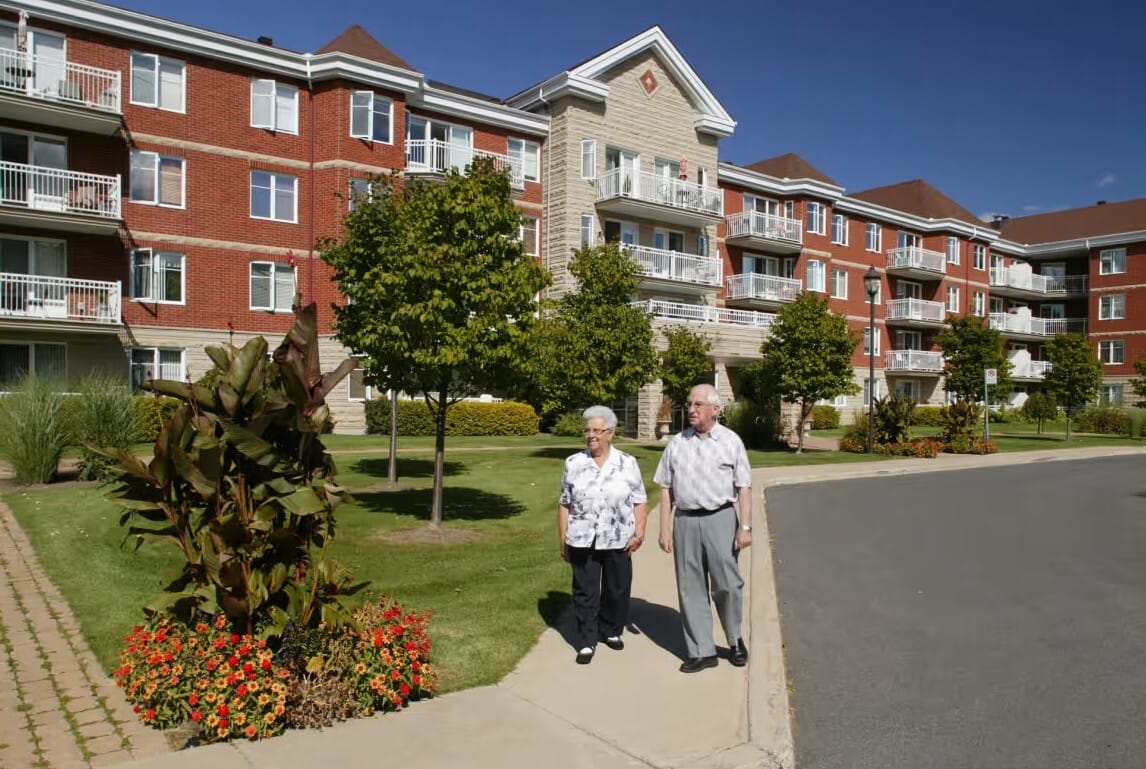- Property Management Brief
- Posts
- Green Building & Sustainability Strategy
Green Building & Sustainability Strategy

Good morning!
We’re heading into the heart of Q2, and this week is all about tightening execution and building momentum. Every move we make now sets the pace for the months ahead, and I’m focused on keeping us sharp, fast, and aligned. Let’s stay locked in and keep pushing for bigger wins.
— Lucas Robinson, Founder & CEO at BudgetMailboxes.com
🎯 This Week’s Strategy:
Green Building & Sustainability Strategy
🤝 Boardroom Brief:
Demographic Shifts and the Senior Housing Challenge: A Market Outlook
Strategy
🎯 Green Building & Sustainability Strategy
As tenant expectations evolve and environmental concerns become more pressing, sustainability is no longer just a bonus - it’s a business imperative. A Green Building & Sustainability Strategy helps property managers reduce operating costs, enhance property value, and attract eco-conscious tenants, all while contributing to a healthier planet.
How Property Managers Can Implement a Green Building & Sustainability Strategy
1. Conduct a Sustainability Audit
Before making improvements, property managers should assess their current energy use, waste management, and building materials to identify areas for greater sustainability.
Action Steps:
✅ Evaluate current energy, water, and waste management practices across all properties.
✅ Identify inefficiencies, such as outdated HVAC systems, poor insulation, or excessive water usage.
✅ Consult with sustainability experts or use online assessment tools to benchmark current performance.
2. Upgrade to Energy-Efficient Systems
Upgrading building infrastructure to more energy-efficient options can yield significant long-term savings and reduce the building’s carbon footprint.
Action Steps:
✅ Install energy-efficient LED lighting and smart lighting controls.
✅ Replace old HVAC systems with ENERGY STAR-certified models.
✅ Use smart thermostats and building automation systems to optimize heating, cooling, and lighting schedules.
3. Implement Water Conservation Measures
Reducing water consumption not only cuts utility costs but also supports broader sustainability goals.
Action Steps:
✅ Install low-flow faucets, toilets, and showerheads in residential and commercial units.
✅ Implement rainwater harvesting systems for landscaping needs.
✅ Schedule regular inspections to detect and fix leaks promptly.
4. Choose Eco-Friendly Materials for Renovations
When renovating or upgrading properties, selecting sustainable materials can make a big difference in environmental impact.
Action Steps:
✅ Use recycled, reclaimed, or rapidly renewable materials (like bamboo flooring or recycled steel).
✅ Choose low-VOC (volatile organic compound) paints and adhesives to improve indoor air quality.
✅ Source locally whenever possible to reduce the environmental costs of transportation.
5. Promote Sustainability to Tenants
Engaging tenants in sustainability initiatives increases participation and helps build a strong, eco-conscious community.
Action Steps:
✅ Create tenant education campaigns on recycling, energy conservation, and green living practices.
✅ Offer incentives for tenants who participate in eco-friendly programs (e.g., discounts for using public transportation).
✅ Provide easy access to recycling bins, composting programs, and green amenities.
How to Implement a Green Building & Sustainability Strategy
Start with Small Wins – Begin by making simple changes, such as switching to LED lights or offering recycling programs, to build momentum.
Set Clear Sustainability Goals – Define specific, measurable targets (e.g., reduce energy consumption by 20% over two years).
Track & Report Progress – Monitor energy and water usage over time, and share sustainability achievements with tenants and stakeholders.
Involve the Community – Encourage both tenants and staff to participate in sustainability initiatives, creating a collective commitment to greener living.
Pursue Certifications – Consider pursuing recognized green building certifications like LEED (Leadership in Energy and Environmental Design) to further boost property value and appeal.
By implementing a Green Building & Sustainability Strategy, property managers can future-proof their portfolios, drive operational savings, and meet the growing demand for environmentally responsible living and working spaces.
Former Zillow Execs Target $1.3T Market
The wealthiest companies tend to target the biggest markets. For example, NVIDIA skyrocketed nearly 200% higher in the last year with the $214B AI market’s tailwind.
That’s why investors are so excited about Pacaso.
Created by Zillow’s founding team, Pacaso brings co-ownership to a $1.3 trillion real estate market. And by handing keys to 1,500+ happy homeowners, they’ve made $100M+ in gross profits.
Now, with aggressive global expansion underway, Pacaso’s ready to grow this disruptive model on a global scale.
Paid advertisement for Pacaso’s Regulation A offering. Read the offering circular at invest.pacaso.com.
Boardroom Brief
Demographic Shifts and the Senior Housing Challenge: A Market Outlook

The U.S. is confronting a significant shortfall in senior housing, prompting many older adults to secure accommodations well before necessity dictates. As the baby boomer generation approaches their 80s, demand for senior living options is outpacing supply. The National Investment Center for Seniors Housing & Care (NIC) projects a requirement for over 564,000 new units by 2030, yet current development trends suggest only about 191,000 will be added. Factors such as high construction costs, labor shortages, and elevated interest rates contribute to this gap. For property managers, this scenario underscores the urgency to explore adaptive reuse of existing properties, invest in modular construction, and engage in public-private partnerships to meet the burgeoning demand

